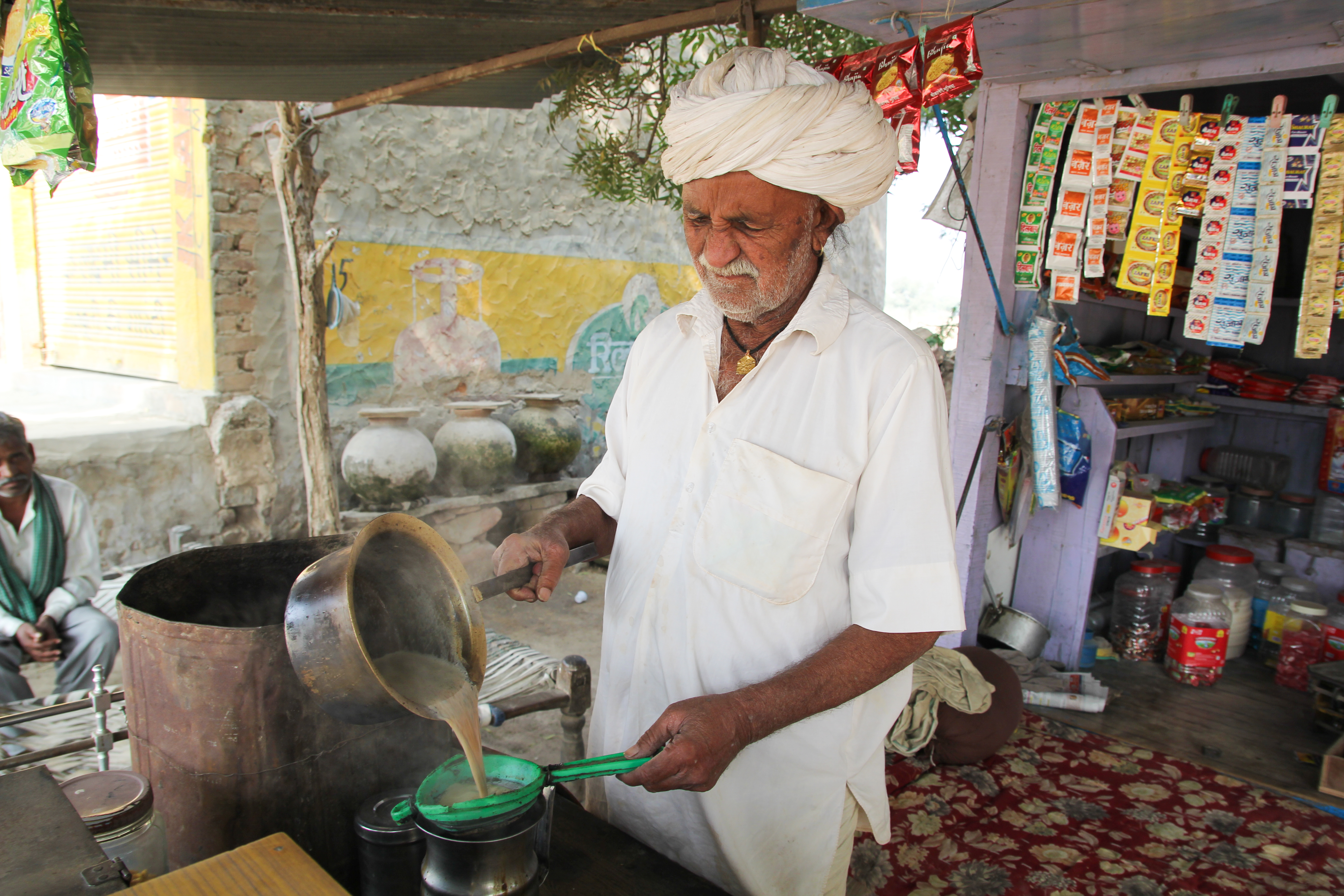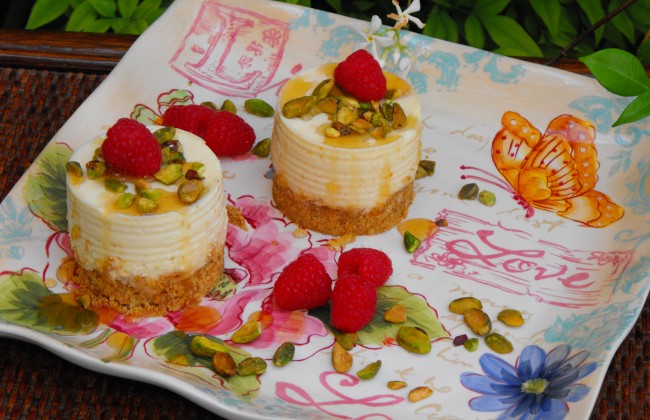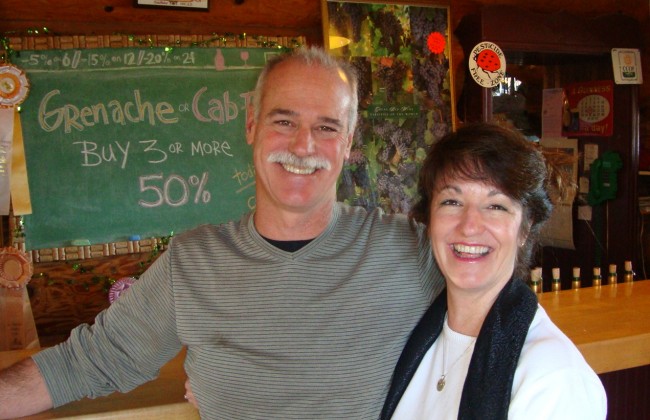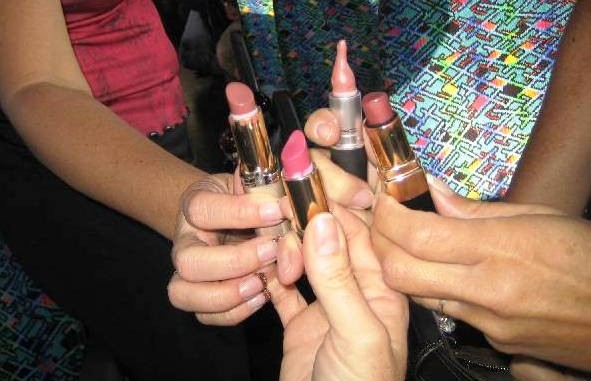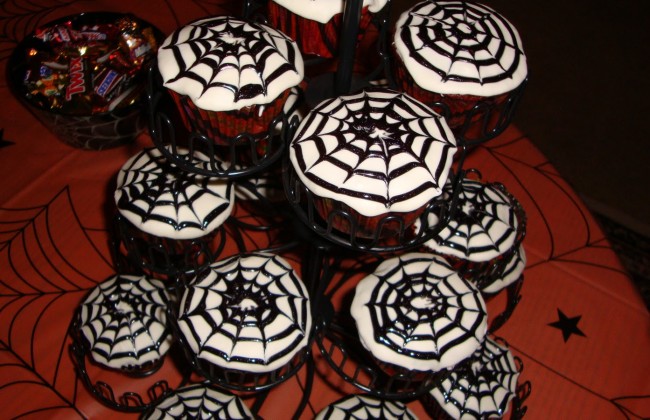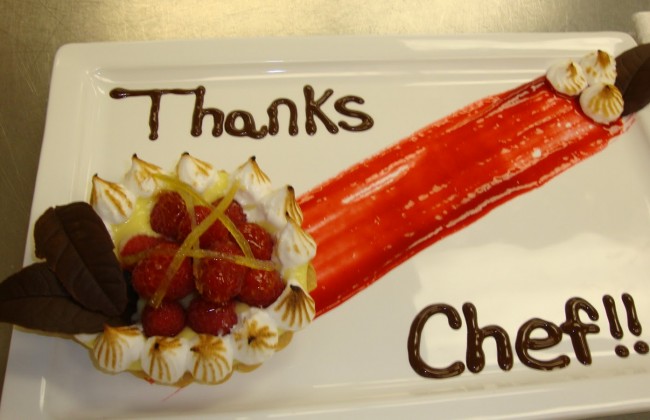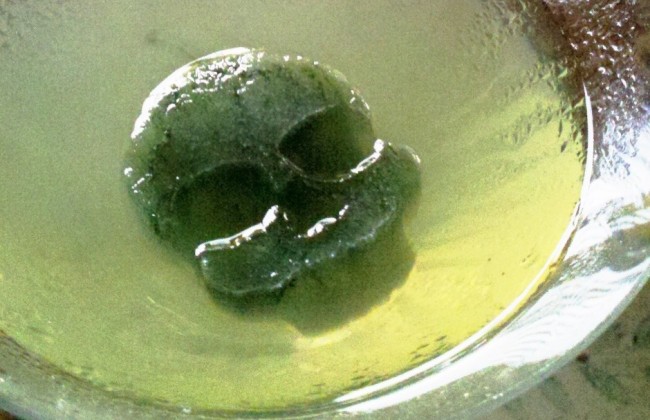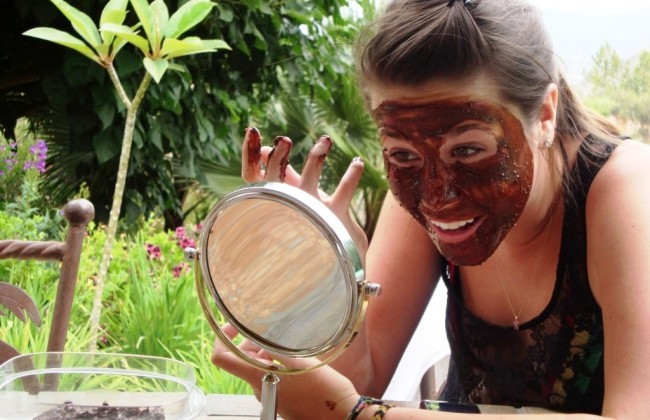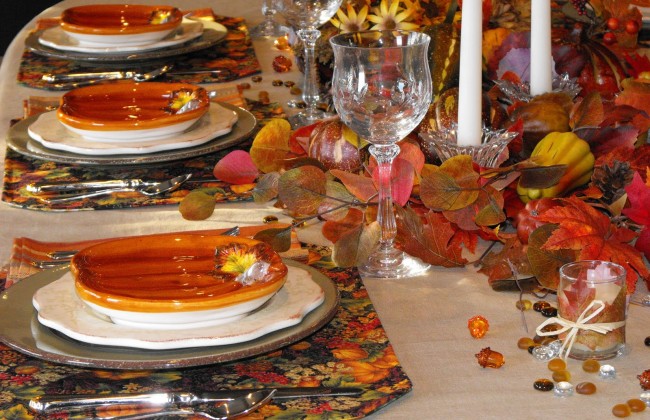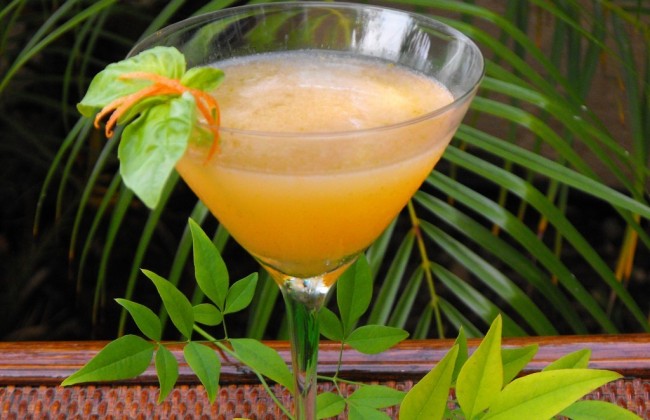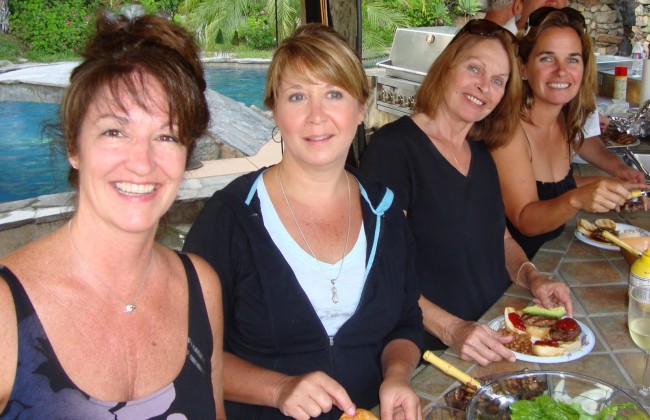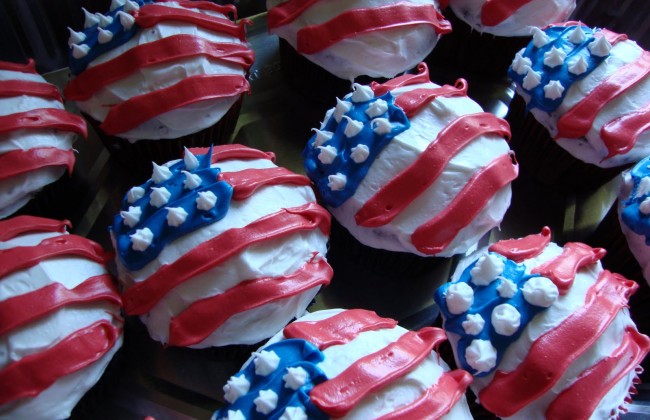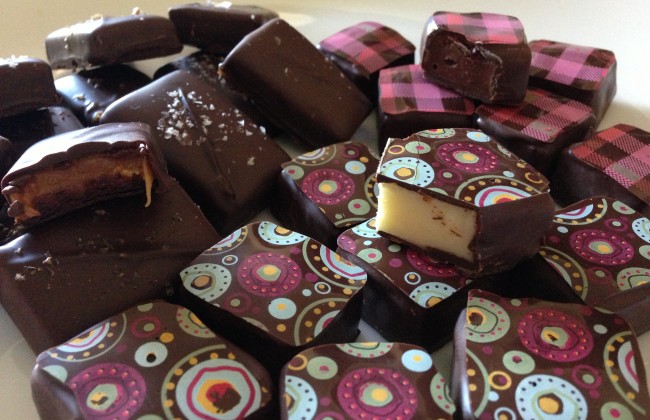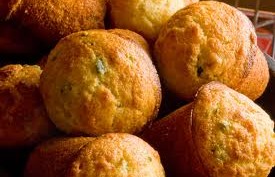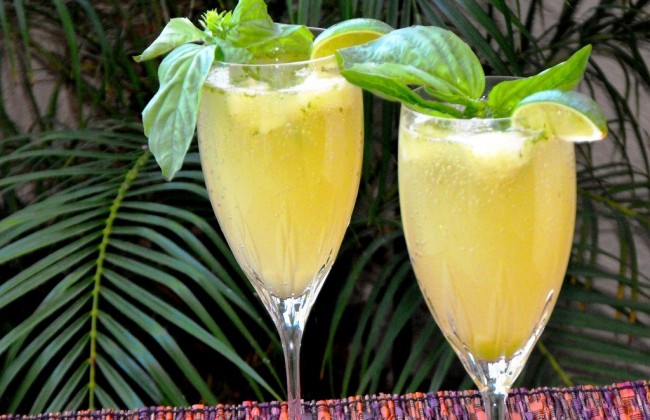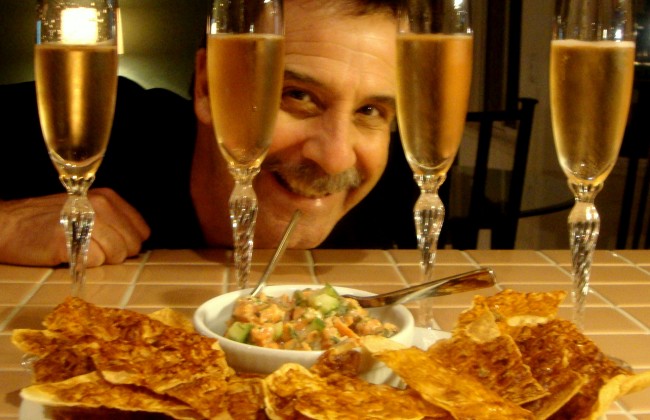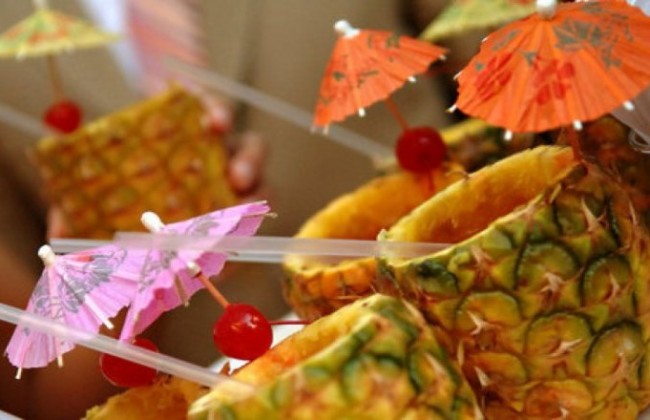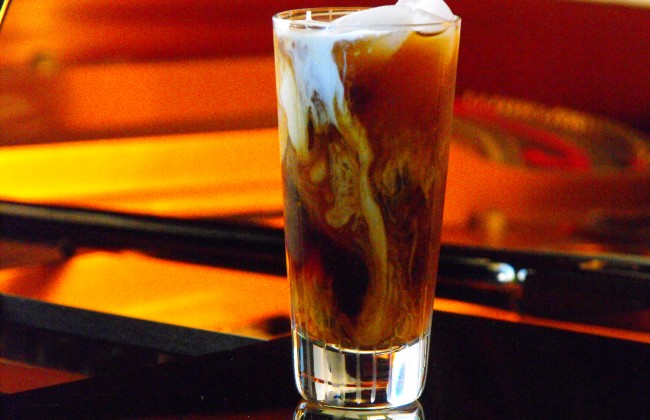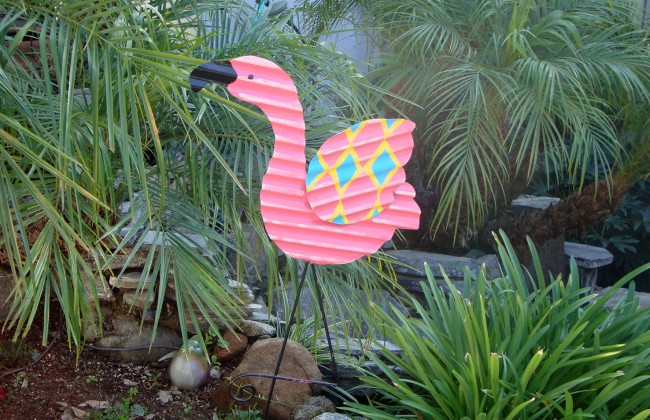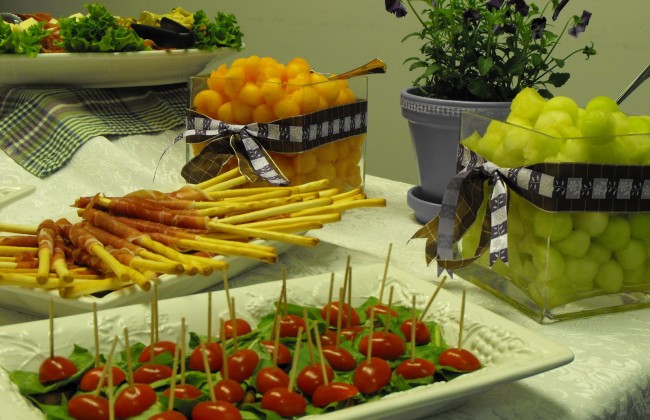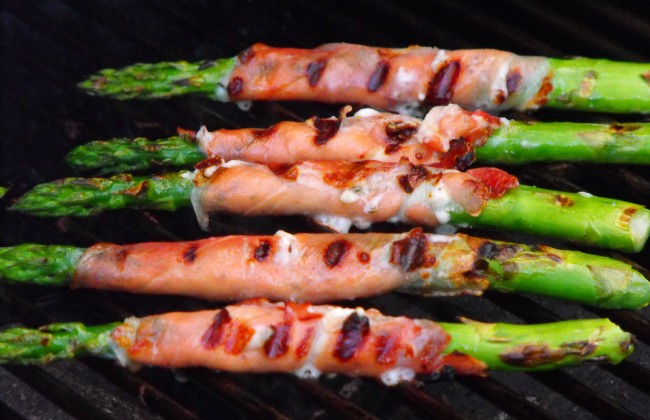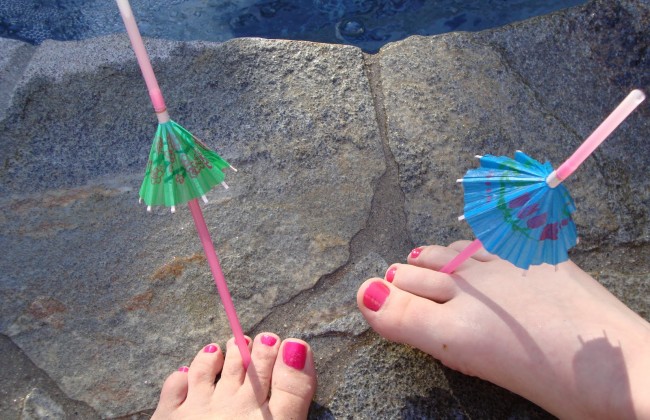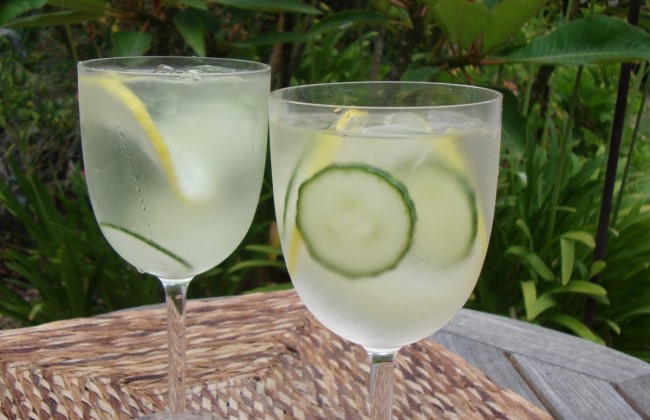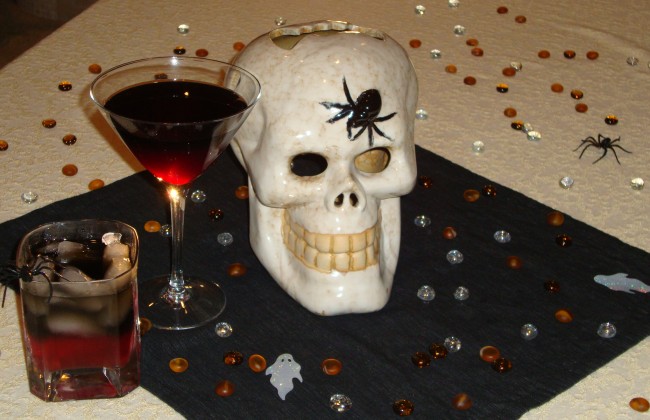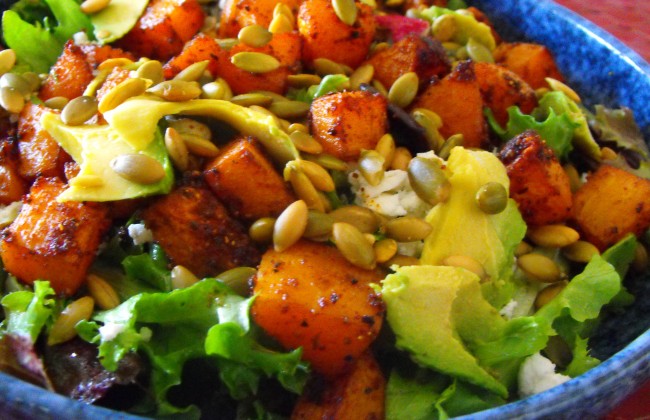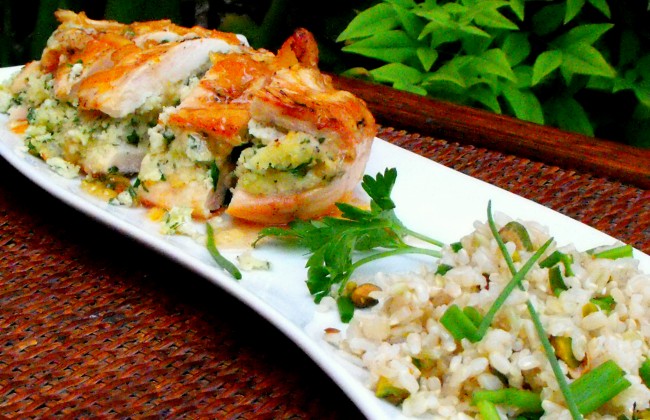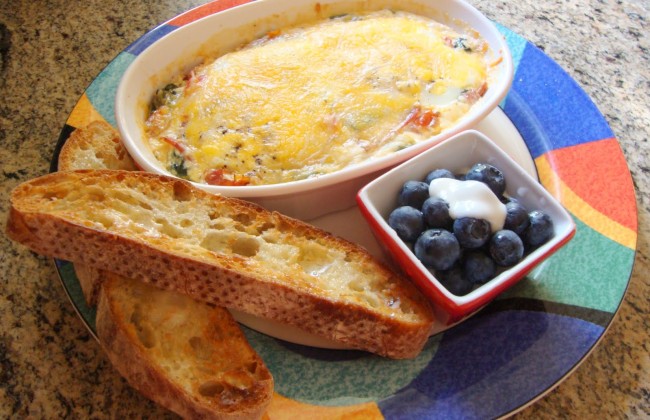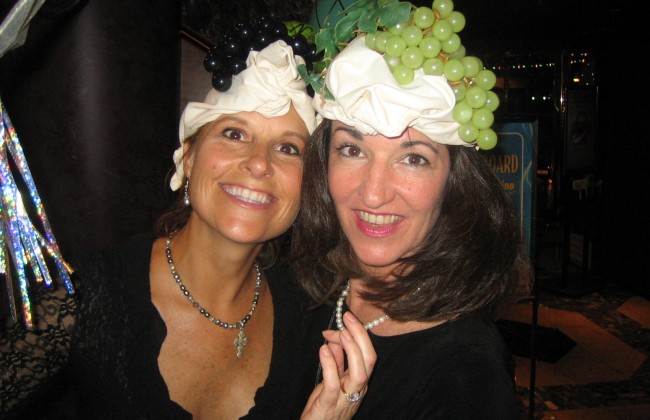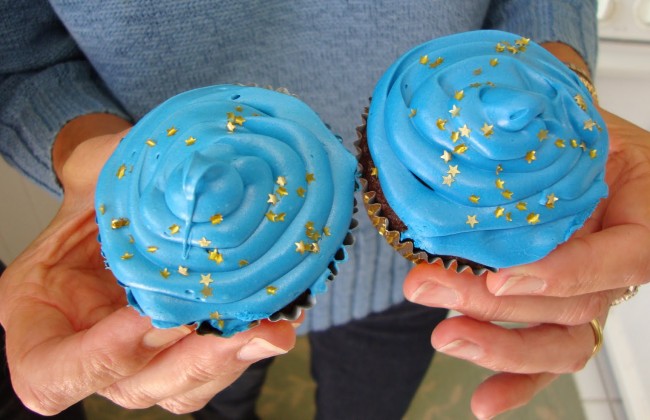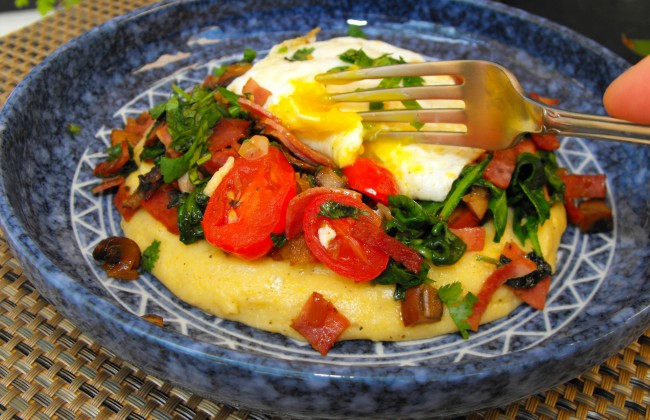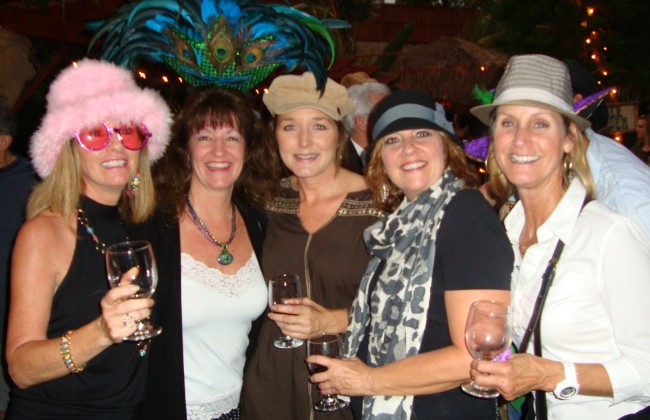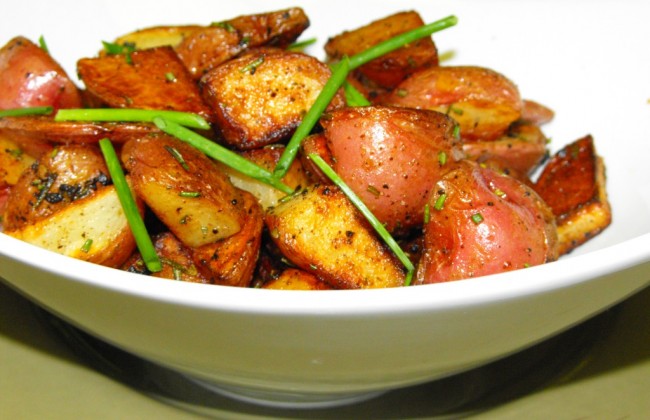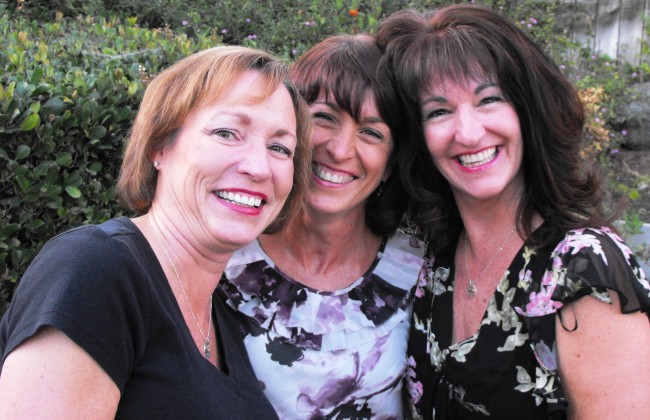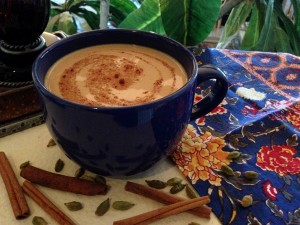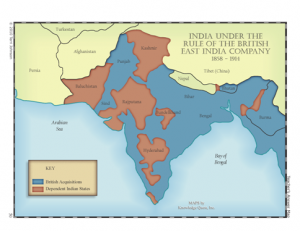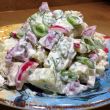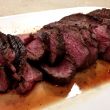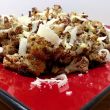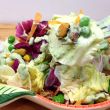Every tea has its story and Masala Chai is no different. In keeping with the healing and spiritual side of India, we are going to savor the tea that evokes the feeling of India; the very smell of it almost transports you to its streets. And it just so happens to be my favorite tea. Let’s read the ancient tea leaves to get an idea of how this lovely drink has evolved. The Masala Chai we know today did not start out containing any black tea or caffeine. The story of Chai dates back 5,000 years or more to the ancient courts of Siam and India. Legend has it a king concocted the recipe in a quest to create a healing beverage. Did you know Masala means Spiced and Chai means Tea? So when you say Chai Tea you’re really saying Tea Tea, which might be mildly amusing to an Indian.
Where the story of Chai gets interesting starts back in the 1830’s. The British East India Company was the enterprise of London businessmen who banded together to make money importing. The East India Company not only established trade through Asia and the Middle East but also effectively became the ruler of territories vastly larger than the United Kingdom itself. It not only had a monopoly on British trade with India and the Far East, but it was also responsible for the government of much of the vast Indian sub-continent. They weren’t a government but they were a power house!
The Company became concerned about the Chinese monopoly on tea, which constituted most of its trade and supported the enormous consumption of tea in Great Britain. In 1835, the British set up tea plantations in Assam, India as a way of competing with the Chinese in the tea trade. In 1870, over 90% of the tea consumed in Great Britain was still of Chinese origin, but by 1900 this had dropped to 10% and was mostly replaced by tea from (British) India and (British) Ceylon.
Black tea was very expensive and only the wealthy Indians could afford to drink it. It was so expensive the smuggling of tea became quite a business until the Prime Minister slashed the tax on tea so dramatically smuggling became pointless. Tea imports soon became the largest single item in Britain’s trading account. Conversely, the export to China of British and Indian goods began to decline and a trade imbalance between Britain and China occurred as a result. The Chinese demanded the British pay in silver, not paper currency, for the tea imports. Eventually this created a shortage of silver and forced the British to seek other commodities to compensate for the loss and to bring in profit. They discovered opium, a highly lucrative commodity. But that is a whole different story!
In the early 1900’s the India Tea Company promoted the provision of ‘tea breaks’ for workers in an attempt to increase tea sales. Due to the cost of black tea, the tea was diluted with spices, milk and sugar to keep the cost down and Masala Chai was born. Masala Chai in India is very sweet, too sweet for most of us here in the United States. But Masala Chai must have a certain amount of sweetness or the spices seem to lose their full robustness and have a rather flat taste. Masala Chai quickly became established as the preferred beverage with the people of India.
Today you will see street vendors or Chai Wallahs (tea sellers) selling tea on the streets to the public. When you visit someone’s home, you are welcomed with a cup of Masala Chai. You can serve it hot or iced. I’m thinking about how great it would be as an ice cream flavor! But the most popular time for Masala Chai is an afternoon snack at around 4 PM. Sounds like a great idea to me!
Masala Chai (Spiced Tea)
Ingredients:
2 cups water
3 green cardamom pods, lightly crushed
3 cloves
1 1/2 inches fresh ginger, thinly sliced
1 cinnamon stick
1/4 teaspoon fennel seeds
4 Orange Pekoe tea bags. or any inexpensive black tea
2 cups milk
1-2 teaspoons Brown Sugar or Jaggery*, to taste (sugar enhances the spices)
Method:
Place cinnamon, cardamom, cloves, fennel, ginger and 2 cups water into a small pot and bring to a boil. Cover, reduce heat and simmer for 5 minutes. Remove from heat and set aside to let steep for 10 minutes.
Return pot to the heat and bring to a boil. Remove from heat, add tea, cover and set aside to let steep for 5 to 10 minutes. Strain through a fine mesh sieve, discarding solids, then return liquid to the pot. Stir in sugar and milk and heat over low heat for 1 minute. Pour into cups and serve.
*Jaggery is a traditional Non-centrifugal cane sugar consumed in Asia and Africa. It is a concentrated product of date, cane juice, or palm sap (palm sugar) without separation of the molasses and crystals, and can vary from golden brown to dark brown in color.
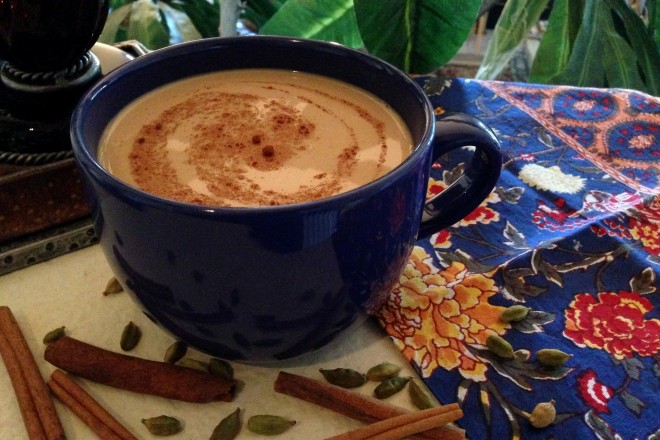

- 2 cups water
- 3 green cardamom pods, lightly crushed
- 3 cloves
- 1 inch fresh ginger, thinly sliced
- 1 cinnamon stick
- 1/4 teaspoon fennel seeds
- 4 Orange Pekoe tea bags. or any inexpensive black tea
- 2 cups milk
- 1-2 teaspoons Brown Sugar or Jaggery*, to taste (sugar enhances the spices)
- Place cinnamon, cardamom, cloves, fennel, ginger and 2 cups water into a small pot and bring to a boil. Cover, reduce heat and simmer for 5 minutes. Remove from heat and set aside to let steep for 10 minutes.
- Return pot to the heat and bring to a boil. Remove from heat, add tea, cover and set aside to let steep for 5 to 10 minutes. Strain through a fine mesh sieve, discarding solids, then return liquid to the pot. Stir in sugar and milk and heat over low heat for 1 minute. Pour into cups and serve.
- *Jaggery is a traditional Non-centrifugal cane sugar consumed in Asia and Africa. It is a concentrated product of date, cane juice, or palm sap (palm sugar) without separation of the molasses and crystals, and can vary from golden brown to dark brown in color.

